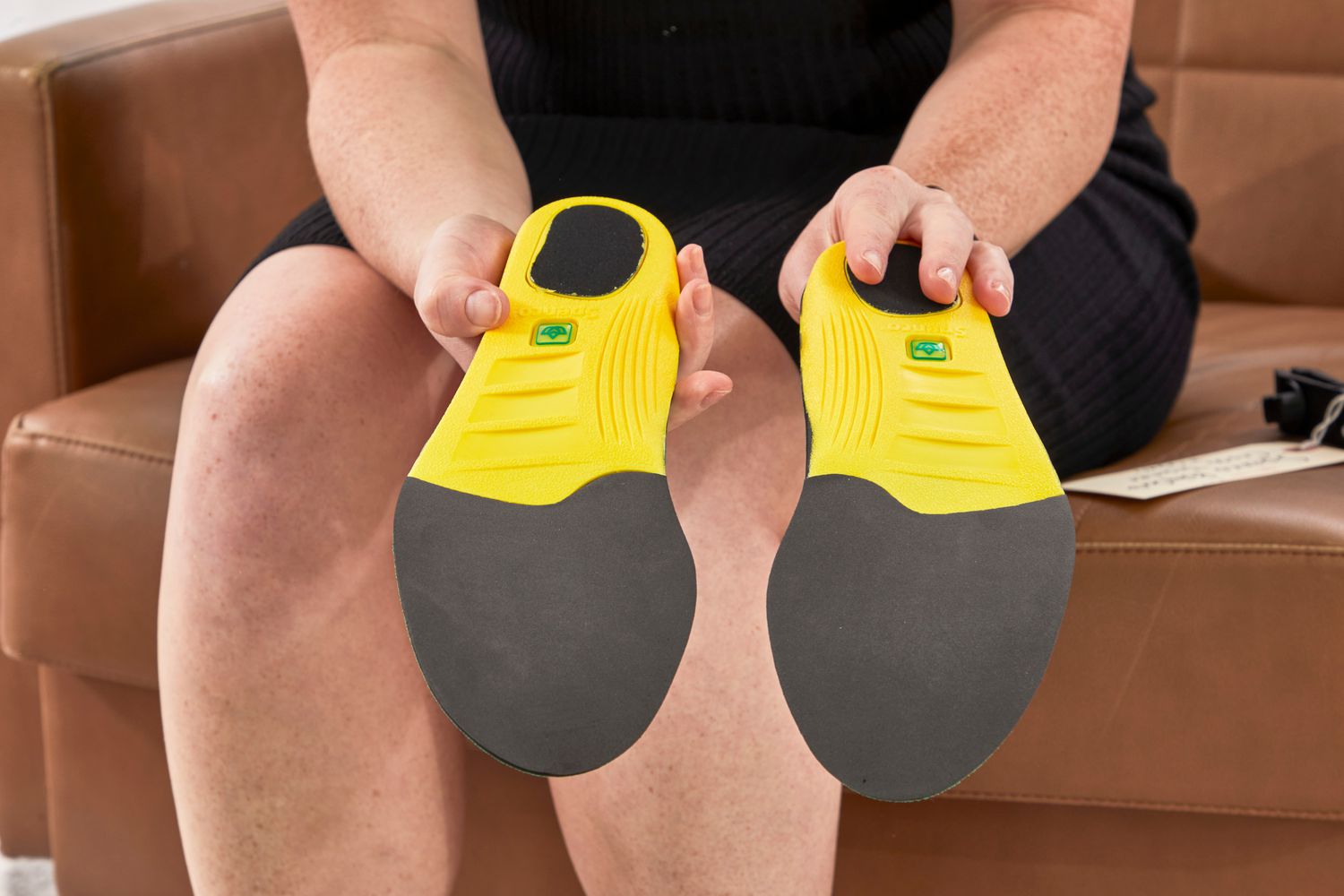Insoles, also known as shoe inserts or footbeds, play a crucial role in providing support, cushioning, and comfort for your feet. Whether you’re dealing with foot pain, seeking better arch support, or looking to enhance the comfort of your shoes.
Shoe Insoles
Choosing the right insoles can make a significant difference in your overall foot health and comfort. With a myriad of options available on the market, selecting the perfect pair of insoles can be overwhelming. However, by considering factors such as foot type, activity level, and specific foot issues, you can narrow down your options and find the ideal for your needs.
In this comprehensive guide, Kunzitee walk you through the step-by-step process of choosing the right insoles for your feet:
1. Identify Your Foot Type:
The first step in choosing the right insoles is to determine your foot type, as this will influence the type of support and cushioning you need. There are three main foot types:
- Neutral Arch: If your arch sits at a normal height and you don’t overpronate or underpronate, you have a neutral foot type.
- Low Arch (Flat Feet): If your arch collapses inward when you stand, you have low arches or flat feet. People with flat feet may benefit from insoles with arch support to help stabilize their feet.
- High Arch: If you have a noticeable arch that doesn’t flatten much when you stand, you have high arches. Insoles with extra arch support and cushioning may be beneficial for those with high arches.
2. Consider Your Foot Condition or Issue:
Take into account any specific foot conditions or issues you may have, such as plantar fasciitis, heel pain, metatarsalgia, or bunions. Certain insert are designed to address these issues by providing targeted support, cushioning, and alignment. Look for it with features such as heel cups, metatarsal pads, and arch support to alleviate discomfort and promote proper foot alignment.
3. Determine Your Activity Level:
Consider your typical activity level and the types of shoes you’ll be wearing with the insoles. Whether you’re an athlete, a runner, or someone who spends long hours on their feet at work, choosing insoles with adequate shock absorption, cushioning, and support is essential. Look for insoles specifically designed for your intended activity, such as running, walking, or standing for extended periods.
4. Assess the Fit and Comfort:
When trying it, make sure they fit comfortably inside your shoes without crowding or slipping. Insoles should provide ample support and cushioning without causing discomfort or irritation. Test the insoles by walking or standing for a few minutes to ensure they feel comfortable and supportive. If you experience any discomfort or pressure points, consider trying a different size or style of insoles.
5. Choose the Right Material:
They are available in various materials, including foam, gel, cork, and custom orthotics. Each material offers different levels of support, cushioning, and durability. Foam insoles provide lightweight cushioning and support, while gel insoles offer superior shock absorption and comfort. Custom orthotics are molded to your foot shape and provide personalized support for specific foot issues.
6. Seek Professional Advice:
If you’re unsure about which insoles are right for you or if you have complex foot issues, consider seeking advice from a podiatrist or a certified pedorthist. These healthcare professionals can assess your foot structure, gait, and specific needs and recommend custom orthotics or specialized insoles tailored to your feet.
7. Gradually Break Them In:
Once you’ve chosen the right insoles, it’s important to break them in gradually to allow your feet to adjust to the new support and cushioning. Start by wearing it for short periods each day and gradually increase the duration as your feet become accustomed to them. If you experience any discomfort or pain, discontinue use and consult a healthcare professional.
Conclusion
In conclusion, choosing the right insoles involves considering factors such as foot type, specific foot issues, activity level, fit, material, and professional advice. By following these steps and taking the time to find the perfect pair of insoles for your feet, you can improve comfort, alleviate pain, and support overall foot health. Whether you’re an athlete, a worker on your feet all day, or someone dealing with foot pain, investing in high-quality that can make a significant difference in your daily comfort and well-being.
You Might Also Like: How To Start Dropshipping With No Money in 6 Easy Steps




